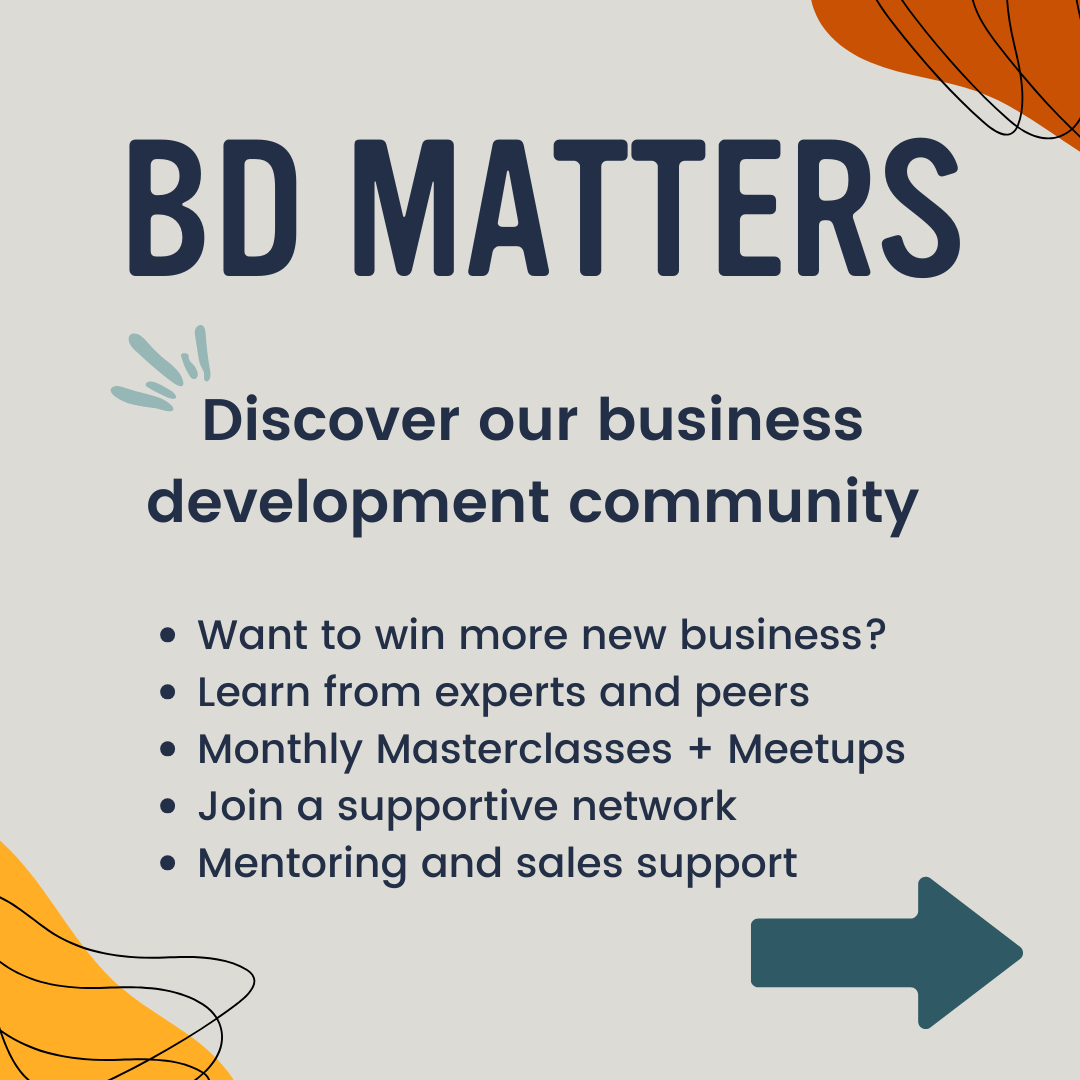
From click to close: Optimising top of funnel conversions
July 04, 2024
Marketing people tend to get excited about LinkedIn followers, a sprinkling of post reactions, website visits and maybe even a newsletter sign up – and so they should!
But don’t get complacent or over excited, because once you’ve caught the eye of a new business prospect, how can you transform these top-of-funnel interactions into leads?
When someone asks me how to convert these initial, casual enquiries into productive meetings and eventually into new business, this is what I tell them…
Fact-finding mission
Once you’ve identified these top-of-funnel leads, add them to your CRM. One thing you want to start doing early on is monitoring how they are interacting with your marketing efforts. For example, if you can see a lead frequenting your website or opening your mailers then chances are, they’re going to be receptive to further engagement. You can even go one step further and find out which articles they’re engaging with to better understand their business challenges. This intel is going to be what informs your next move….
Make your move
What you’re about to do now is technically cold outreach – you don’t know this person and you’ve never personally spoken to them before, but as a result of the above, it feels…warm…er.
When you reach out to them, avoid thinking about winning the business. The last thing you want to be doing is pushing the sale.
When asking them whether they’d be interested in a meeting, keep it casual. Sometimes a tool such as Calendly (here’s mine *cough*) can make it easier for prospects to book meetings. It’s not always for everyone though; while some people prefer this method, others may not, so be flexible in your approach. The key is to remove any barriers.
Target acquired
Well done, you’ve got this far. Once you’ve secured your meeting, preparation is crucial. Research your target thoroughly – you need to be able to develop an informed opinion about their business for when this call drops.
When outreach is cold like this, always reconfirm the meeting a week before. All parties should be on the same page regarding time and meeting logistics; so confirm whether it’s Google or Teams. A dodgy Zoom link could be the straw that undoes your good work.
The first encounter
Your focus should be on building rapport, not selling. Think of this as a long-term relationship-building exercise where your primary goal is to be as helpful as possible.
Don’t go into presentation mode or share slides during this introductory call. I usually recommend doing only about 30% of the talking. Sure, you’re going to be eager to share information about what you do, but you don’t know enough about their needs yet in order to tailor your pitch effectively.
Instead, use this time to ask questions and gather information about their company size, current journey, tools they use, and internal resources – information which will help you accommodate their specific needs. Take short-hand notes or everything they say – or use a clever AI tool like Fathom to do it for you.
Also don’t be afraid to share relevant anecdotes and stories about yourself and your business journey. It’s disarming, builds empathy and trust.
The art of interrogation questioning
Asking questions is key to qualifying leads and should feel like a natural conversation. Your questions should encourage prospects to open up as well as demonstrate your intelligence and understanding of their industry.
Use a mix of closed questions for fact-finding, and open-ended questions to understand their goals and challenges. For example, you might ask: “What do you want to get out of today’s call?”
Or: “What does success look like for your company?”
Some prospects will want you to get straight to the point, while others will warm up with some casual conversation first. Read the room and continuously sense-check that you’re not dominating. Check-in with your prospect to make sure you’re providing the information they need.
Also some people like to talk – so let them, but keep them on topic and focused.
That’s a wrap
If you know there’s a hard stop on the call (which you should have learned when you confirmed the meeting) allocate enough time to wrap up properly. This should include gathering information about next steps, timing, budgets, key decision makers, and who you could be up against. Ask open-ended questions like: “What are the best next steps for you?”
Don’t be afraid to ask these vital questions!
The debrief
After the call, input all your notes into your CRM and set a follow-up action.
My next steps would be to reverse engineer an email recapping their challenges and pain points and how you can help solve them. Mirroring their language will further demonstrate your understanding of their challenges.
In from the cold
I don’t want to do anything proverbial on your bonfire, but before you rush in thinking: THIS IS IT! Let me just say…it’s not. This is just the start. You may need to have another, if not several more fact-finding calls like this. The focus of this whole process should be on rapport building and growing understanding.
This is just the start of bringing a lead from out in the cold to somewhere a lot cosier. It could take days, weeks, months or years. It might never convert but the process doesn’t change – this is how you build long-term sustainability.
In the subsequent instalment, I’ll talk about the next stage of the funnel and how we go about converting these sales-qualified leads into paying customers. If there’s something you’ve read today which has prompted you to take the next step, feel free to slide into my Calendly.
Read my article on the Madfest 2024 in July Challenger Brands Uncensored: Insights from Lucky Saint and Vinted at Madfest 2024

